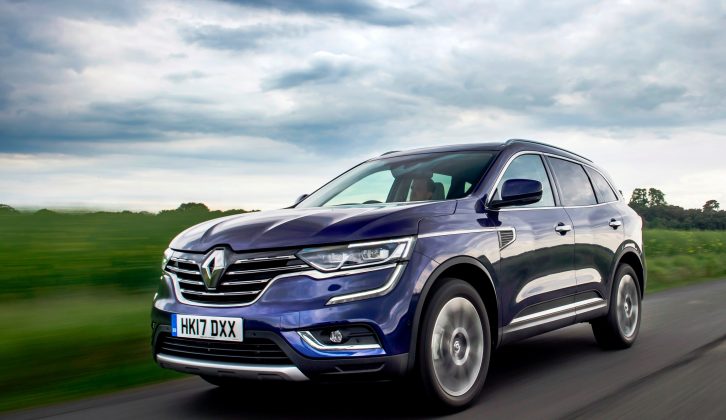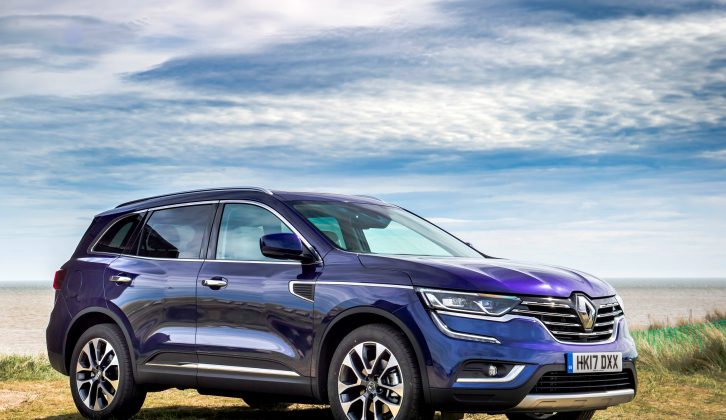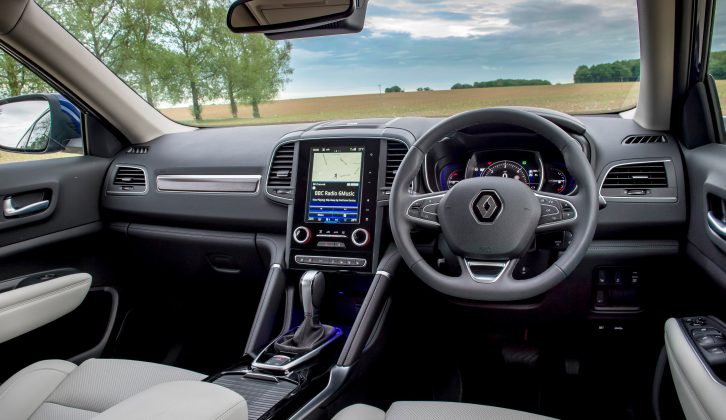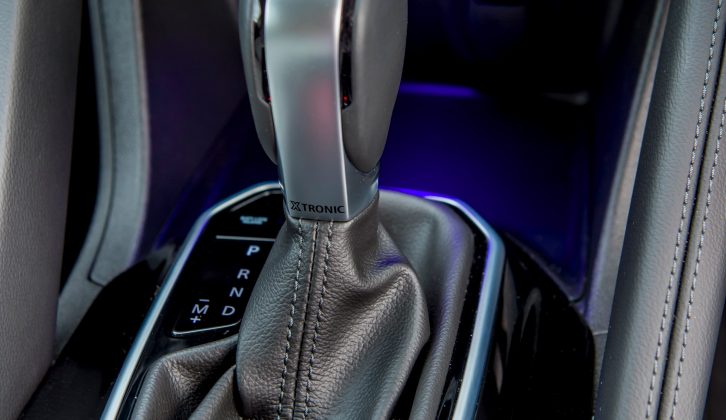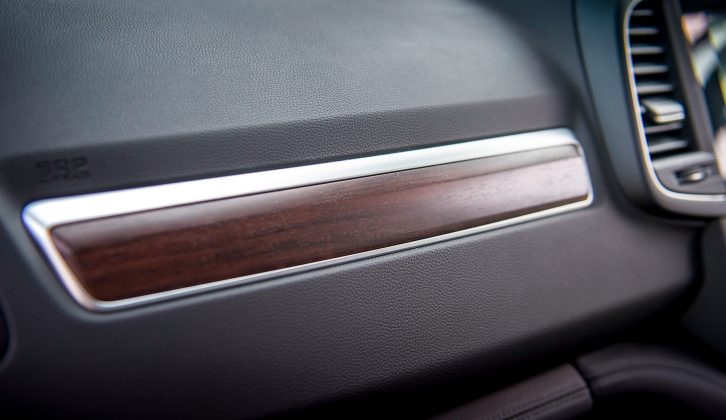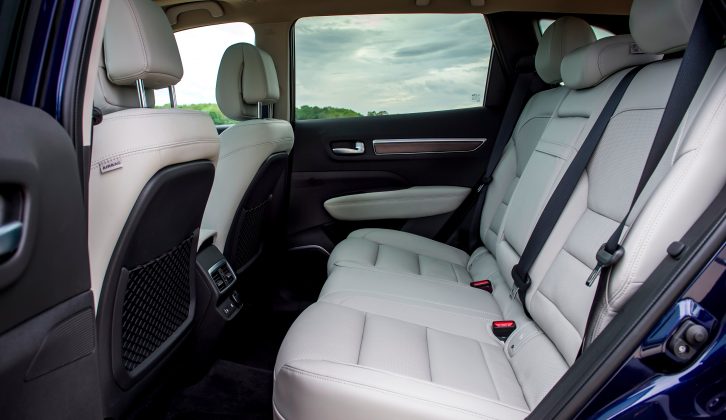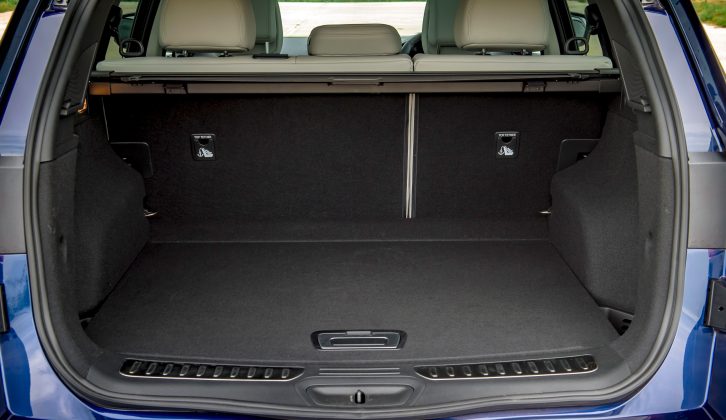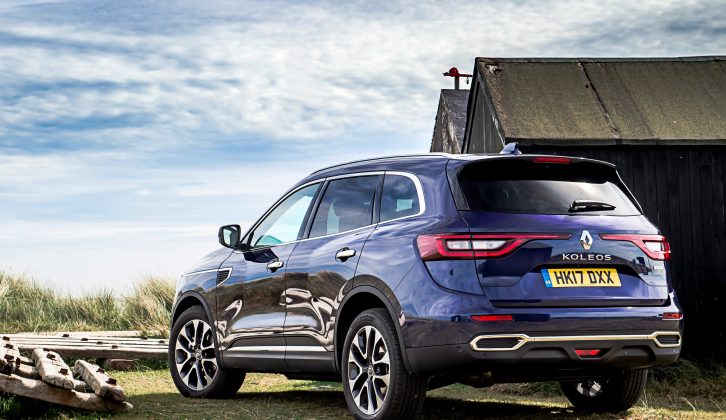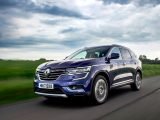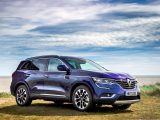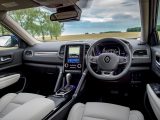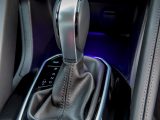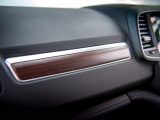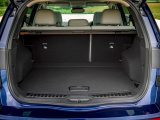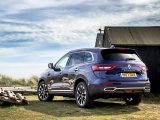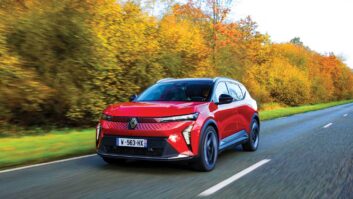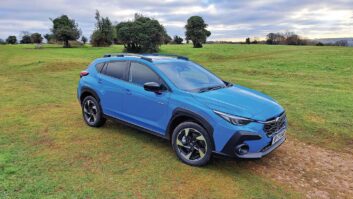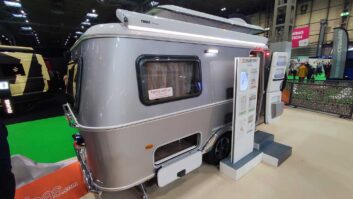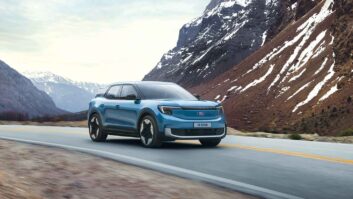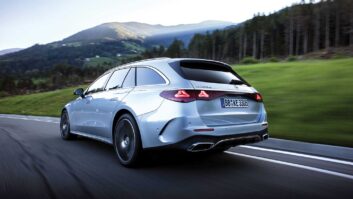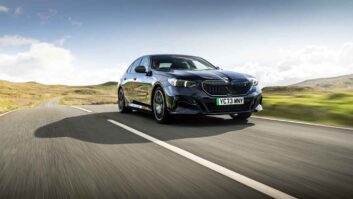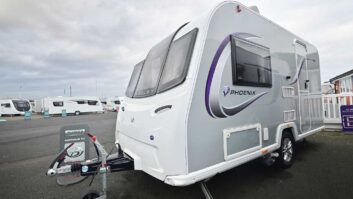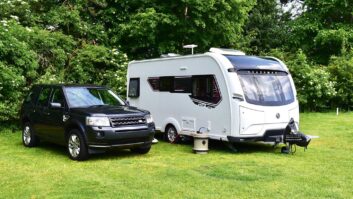Think back a dozen years ago, and 4x4s were Public Enemy Number One.
Now it seems we can’t get enough of them, with SUV sales booming in the UK and across Europe.
Of course, today’s most popular SUVs are generally smaller than older 4x4s, and often those go-anywhere looks are just for show, with power going to two wheels rather than four. But it’s still a remarkable turnaround.
The return of the Koleos
Renault‘s original Koleos missed out on the crossover/SUV boom, with the manufacturer dropping the car from its line-up in 2010 after disappointing sales.
Now the SUV has never been more in vogue, so after a seven-year hiatus the Koleos name is back.
Just as the Renault Kadjar is closely related to the Nissan Qashqai, the new Koleos shares much with the Nissan X-Trail. Unlike the Nissan equivalent, though, the Koleos is strictly a five-seater without the option of a third row of seats.
Perhaps surprisingly, given that diesel seems to have taken over from the off-roader as the environmental bogeyman, there’s no petrol model.
Instead, Renault buyers have the choice two diesels, a 1.6-litre dCi 130 and a 2.0-litre dCi 175. The less powerful engine can only be had with a manual gearbox and front-wheel drive. The 2.0-litre cars are all 4x4s, with a choice of manual or automatic transmissions.
What does it weigh?
Let’s get all the dry but important stuff about weights and towing limits out of the way.
The 1.6-litre two-wheel-drive model has a kerbweight of 1540kg, which gives an 85% match figure of 1309kg. The legal towing limit is 2000kg, and the maximum download on the towball is 75kg, as it is across the range.
We’re familiar with the 1.6-litre diesel engine from other Renault models such as the Kadjar and Scénic. It should be up to the job of pulling a sensibly matched caravan, thanks to its 236lb ft of torque.
As you’d expect, it’s the most economical model in the range, achieving 57.6mpg on the combined cycle and emitting 128g/km of carbon dioxide (CO2).
For towing a more substantial tourer, especially if you take caravan holidays in all weathers, the 2.0-litre 4×4 looks more promising. Manual cars have a kerbweight of 1660kg, which gives an 85% match figure of 1411kg. The legal towing limit is 2000kg.
The auto is heavier, with a kerbweight of 1747kg, boosting the 85% match weight to 1485kg. However, the legal towing limit drops to 1650kg.
The technical data Renault has supplied to journalists suggests this maximum applies with just the driver on board, but the VIN plate of our test car showed that the same maximum can legally be towed when the car is fully loaded.
On the road
The 2.0-litre diesel auto is the only version we’ve had the chance to drive. The gearbox is a continuously variable transmission (CVT).
As a rule these promise great efficiency by adjusting the gearing across a range rather than using fixed ratios like a conventional automatic. However, they can be off-putting to drive, especially under hard acceleration, as the engine noisily clings on to high revs and the transmission adjusts the gearing to increase speed.
Renault has acknowledged this drawback, and under brisk acceleration it uses seven fixed ratios so it behaves more like a regular auto.
A cynic might wonder what’s the point of fitting a CVT, but engineering it to behave like a conventional gearbox. Renault argues this allows the fuel efficiency of a CVT with a more pleasant driving experience.
It actually works surprisingly well, changing gear promptly and smoothly, although it’s a shame there are no paddles behind the wheel (drivers can still change gear for themselves using the lever).
It could also be a bit more responsive when pulling away – there’s a bit of bridge-to-engine-room pause from standstill before the engine and gearbox get the message that, yes, you are in a hurry. But once underway, the 280lb ft engine and the CVT combine well.
Highs and lows
While the gearbox is mostly a pleasant surprise, otherwise the driving experience is a mild disappointment.
On 19-inch alloys (entry-level cars have 18-inch wheels), the Koleos is fidgety and unsettled over poorly surfaced roads. The steering is light but rather numb and the Renault shows little enthusiasm for corners.
It’s not plush and comfortable and it fails to reward or excite either. If you enjoy driving, the Mazda CX-5 is far more likely to put a smirk on your face.
It may be fairly ordinary in terms of ride and handling, but the Koleos has other strengths. The interior is one, both in its high-quality finish and the space it offers.
There’s a definite improvement in the cabin compared with the smaller Kadjar, for example, with a more upmarket feel to the plastics.
The R-Link 2 touchscreen infotainment system looks smart and is easy to use, too, with the option of splitting the screen in two to display, say, the sat-nav map and the radio menu at the same time.
Space for five
The driving position is sound, and the seats are comfortable. Those in the back are scarcely any worse off, with enough legroom for a six-foot-plus passenger to sit behind an equally long-limbed driver. However, the panoramic sunroof does steal some headroom for those in the back of the car.
Although there’s no arguing with the space if you only need room for five, it seems a shame that there’s no seven-seat option. Nissan’s equivalent, the X-Trail, can be ordered with a third row, as can the Škoda Kodiaq.
Boot space is decent, but not class-leading. A five-seat Kodiaq has 720 litres for bags, dwarfing the Renault’s 458 litres. Levers on either side of the tailgate drop the rear seats to increase the capacity to 1690 litres.
Standard equipment can stand comparison with any of the Renault’s rivals. There are just two spec levels, and to call the more affordable Dynamique S ‘entry-level’ does it a disservice.
A panoramic sunroof, part-leather seats, dual-zone climate control, a seven-inch touchscreen sat-nav, all-round parking sensors and a rear-view camera are all standard. Prices start from £27,500 for the dCi 130.
Stepping up to Signature Nav adds £2300 to the price, and enhancements include an 8.7-inch touchscreen, LED headlights, full-leather upholstery, heated front seats, electronic adjustment for the driver’s seat, and a powered automatic tailgate. Choose the top trim with the dCi 175 auto, and you’ll pay £34,200.
With either spec level, safety equipment is comprehensive, including autonomous emergency braking and a lane departure warning system.
So, the new Renault Koleos is roomy, well made and safe.
It’s not the best SUV from the driver’s seat, but it’s strong enough in other ways to be worth considering. We look forward to towing with one soon.
The interior is a highlight, both in its high-quality finish and the space it offers
